Blue gourd vase Masao Tagai
Blue gourd vase Masao Tagai
Couldn't load pickup availability
Width: 14.5cm x 14.5cm Height: 18.8cm
Celadon flower vase by Masao Tagai
1. Overview of the work
The appeal of this celadon vase is its "rainy blue" color, a pale light blue with a hint of gray. The volume of the pear-shaped vase with a bulging body and the silhouette created by the slender neck that rises straight up are based on the elegance of the classic Gyokko Shunpei vase, but also have a minimalist elegance that blends well into modern spaces. The mirror-smooth glaze surface is tinged with tiny "micro-crazing" that, when exposed to light, cast a pale shadow and add a three-dimensional effect.
2. Shape and form
| part | Shape characteristics | Aesthetic and practical effects |
|---|---|---|
| Mouth rim | A slightly inverted circular rim. A thin layer of glaze is left unapplied, revealing a silver-gray iron rim. | The flower fasteners work well, providing an accent that brings out the shape of the vessel. |
| neck | A cylindrical shape that rises from the body at a nearly vertical angle | Provides tension while supporting the flowers straight |
| shoulder area | Gently stretched, with a soft transition to the torso | Leads the eye upwards while maintaining a sense of volume |
| Body | Pear-shaped bulge. Symmetrical and highly stable | Reflects the surrounding light and blends in with the space |
| Heights | Handling glaze chips with a low goblin bottom | It is not likely to fall over and can be placed stably on a table |
3. Glaze and Crazing
Colour development : The iron powder is suppressed and the piece is fired at a high temperature in a reduction process, after which a light oxidizing atmosphere is used towards the end to produce a clear blue colour without any reddish tinge.
Micro-crazing : By matching the expansion coefficient of the clay and the glaze layer and slowly adjusting the cooling speed, we create fine cracks that are difficult to see with the naked eye. As the piece is used, the flower water slowly seeps into the piece, deepening the misty cloud-like scenery.
Iron rim : The base material is thinly scraped off only around the rim, leaving the glaze unapplied, using the "scraped rim" technique, which brings the iron to the surface during firing. This design gives a wabi outline to the pale blue world.
4. Technical background
Masao Tagai, a full member of the Japan Crafts Association, specializes in the study of thick celadon glazes and firing control. In this piece, a large amount of feldspar is mixed into the clay to ensure an expansion rate that will not cause the glaze to peel off even if the glassy glaze melts. The highly viscous glaze melts and flows evenly from the neck to the body, creating a beautiful gradation of glaze thickness. After firing, a low-temperature reduction is used to reheat the glaze, slightly remelting the surface layer of the glaze and enhancing its mirror-like luster, highlighting the detailed process management.
5. Historical and cultural significance
Celadon was passed down from the Etsushu kilns of the Six Dynasties to the Ru kilns of the Northern Song and the Longquan kilns of the Southern Song, and was brought to Japan by Zen monks during the Kamakura period. After being prized as "Chinese" tea ware in the Momoyama period, attempts were made to replicate it in Kyoto and Hizen in the mid-Edo period. This piece uses modern techniques to reproduce the pale blue reminiscent of the "baishisei" of Longquan kilns, while the iron rim and subtle crazing add a nuance of wabi, a style valued in the Japanese tea ceremony. The fusion of respect for the classics and modern design is what makes Tagai unique.
6. Combination with flower materials
| season | Recommended flower materials | Points to consider |
|---|---|---|
| spring | Yamabuki, Magnolia | The bright yellow and white flowers stand out against the pale blue background, creating a refreshing spring scene. |
| summer | Semi-summer, white thread grass | The white underside of the leaves and the coolness of the container echo each other, enhancing the feeling of enjoying the cool weather. |
| autumn | Openwork lily, amagasaki | The straight flower stems accentuate the pear shape, creating a contrast between motion and stillness. |
| winter | Kantsubaki, Nanten | The red flowers and berries stand out against the clear blue, making a dignified floor decoration. |
7. Points to note when viewing
Depth of the glaze layers <br data-end="1661" data-start="1658">When light is shone on it from an angle, the milky layer becomes visible from the inside, giving you a sense of depth, like looking into the deep sea.
A hazy landscape with subtle crazing <br data-end="1726" data-start="1723">With repeated use, the cracks will develop slight tea stains, and a scene resembling fluttering clouds will appear on the surface of the vessel.
Changes in the Iron Rim <br data-end="1791" data-start="1788">The silver-grey color of the rim enhances the black luster to the touch, and combined with the pale blue, tightens the appearance of the vessel.
8. Conclusion
This celadon vase is a masterpiece that is based on the poetic sentiment of classical Longquan celadon and is refined with modern material science and firing techniques. Just inserting a single branch will create a fresh and tranquil atmosphere in the alcove, and over time the minute crazing will fade, carving out a landscape that grows alongside the user. We hope you will have conversations with the flowers of the seasons and layer your own unique story on this celadon.
A conversation with Masao Tagai – High-end pottery specialty store [Amagi-do]
Share
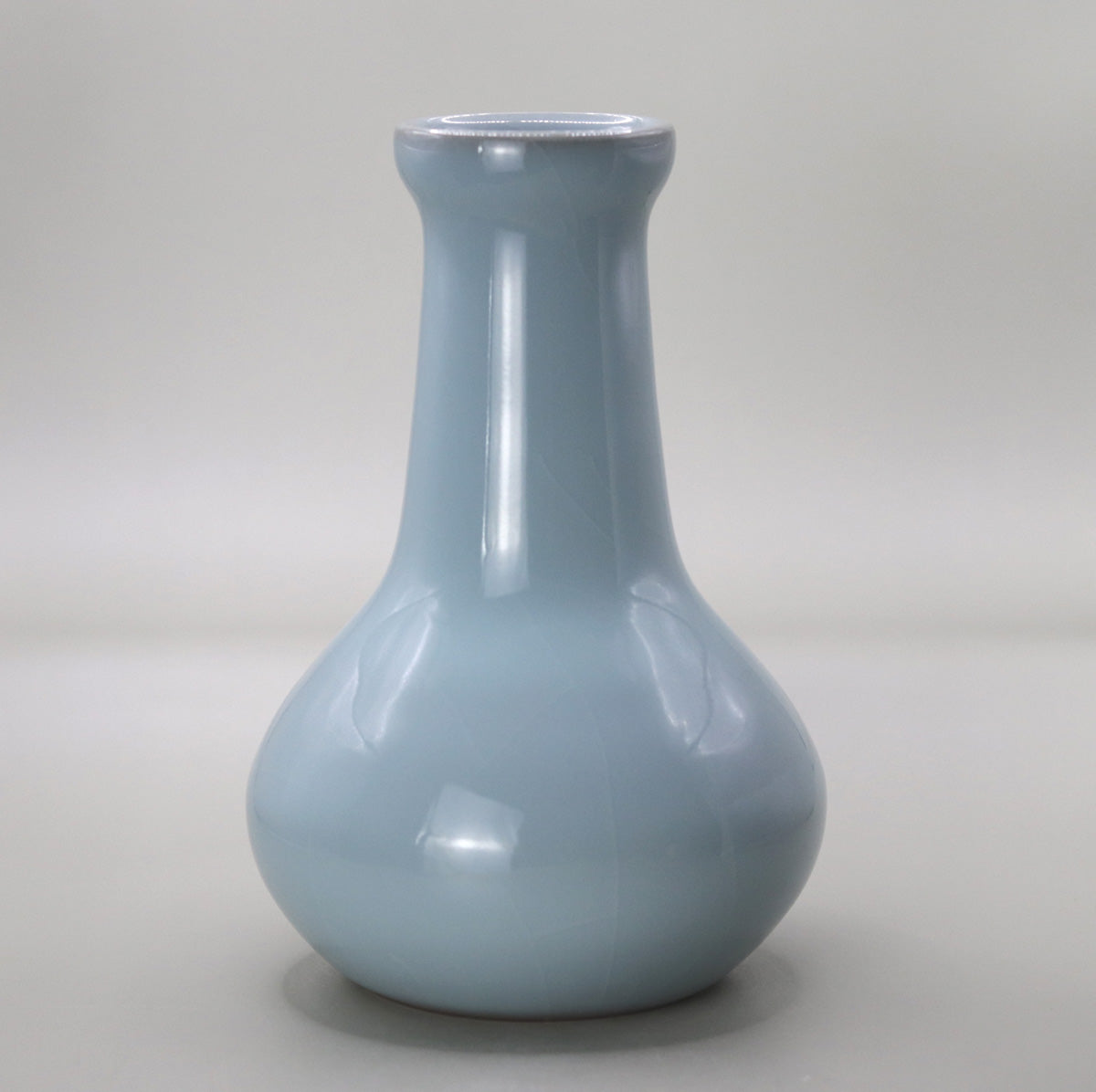
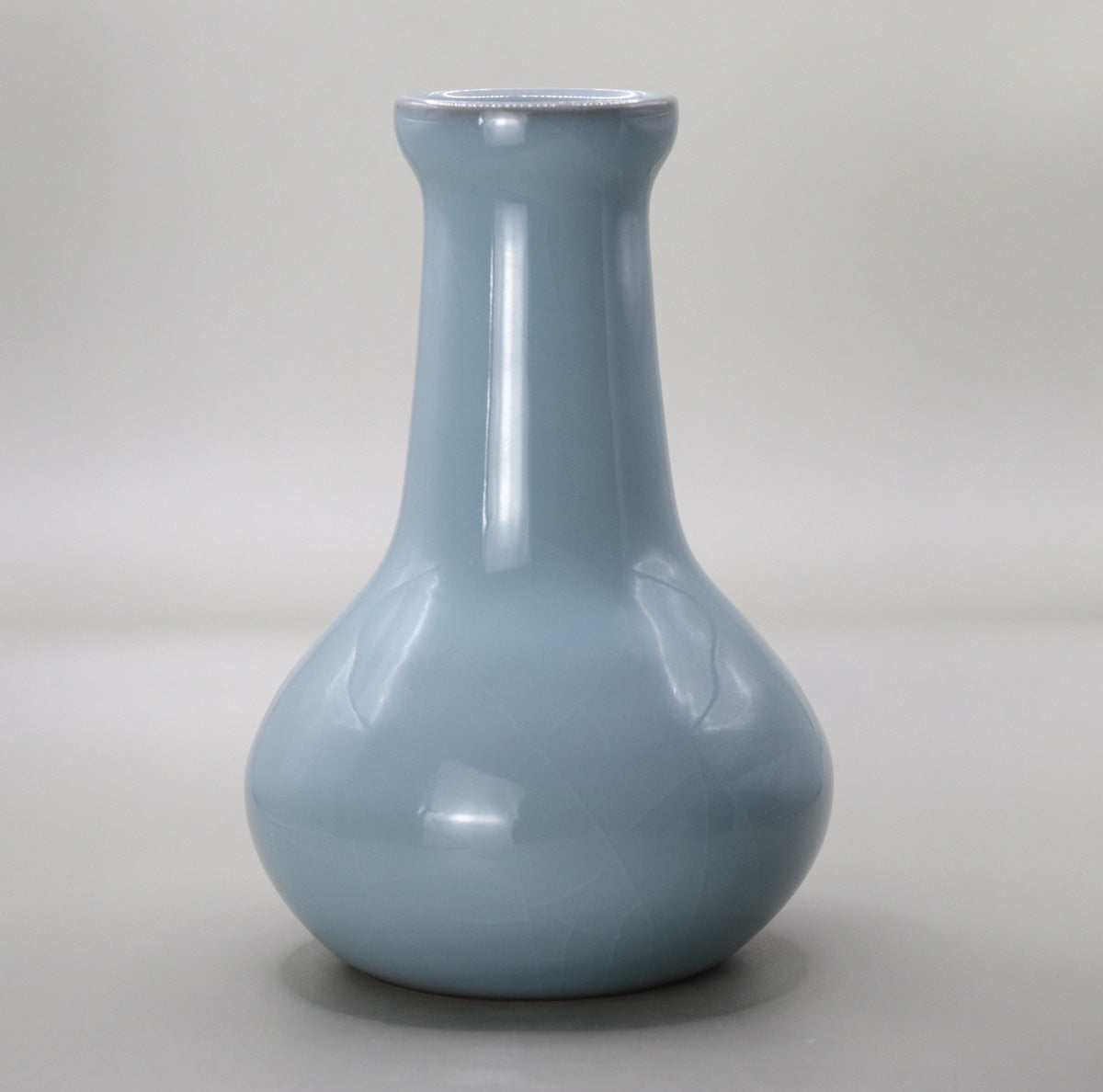
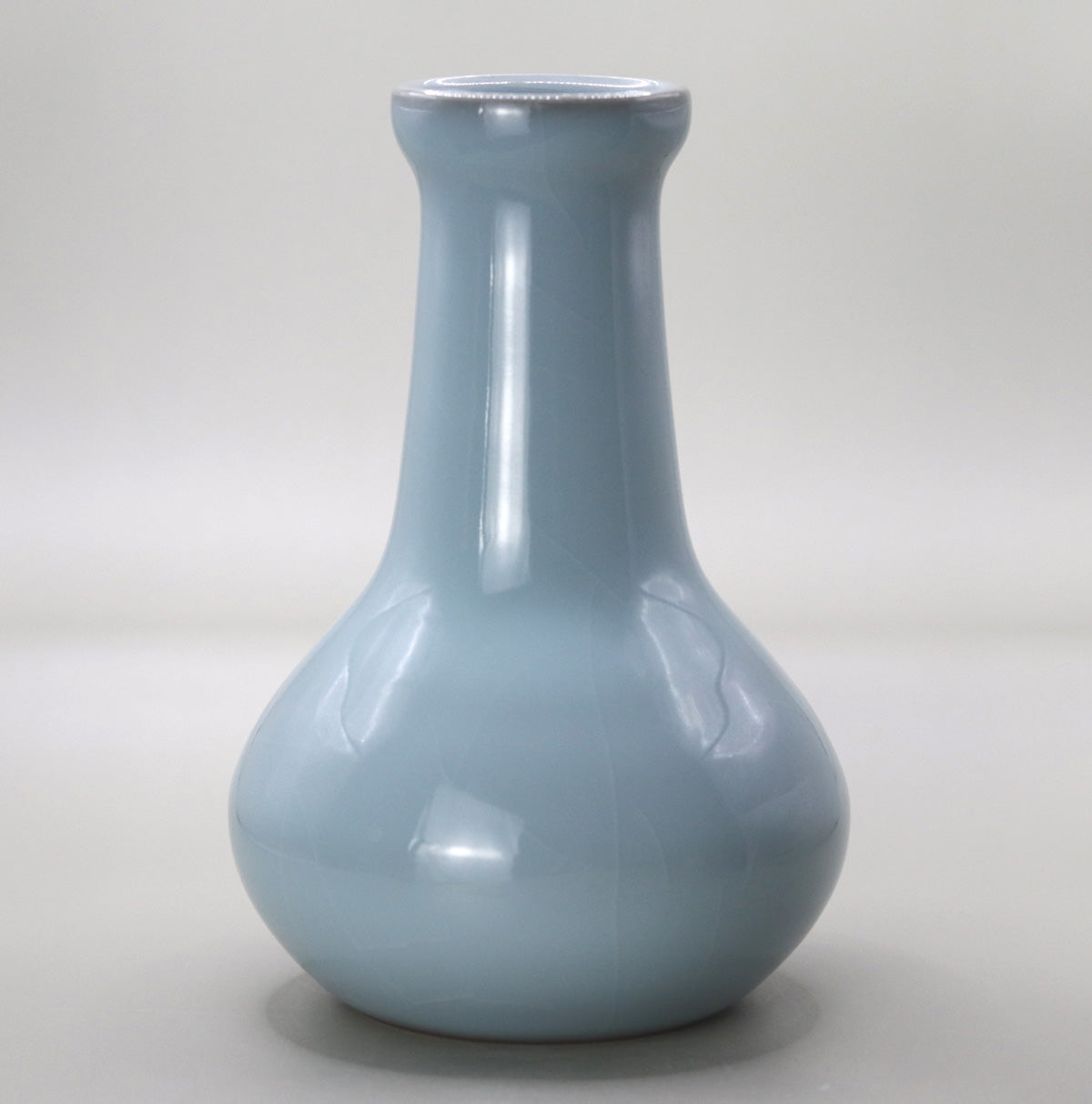
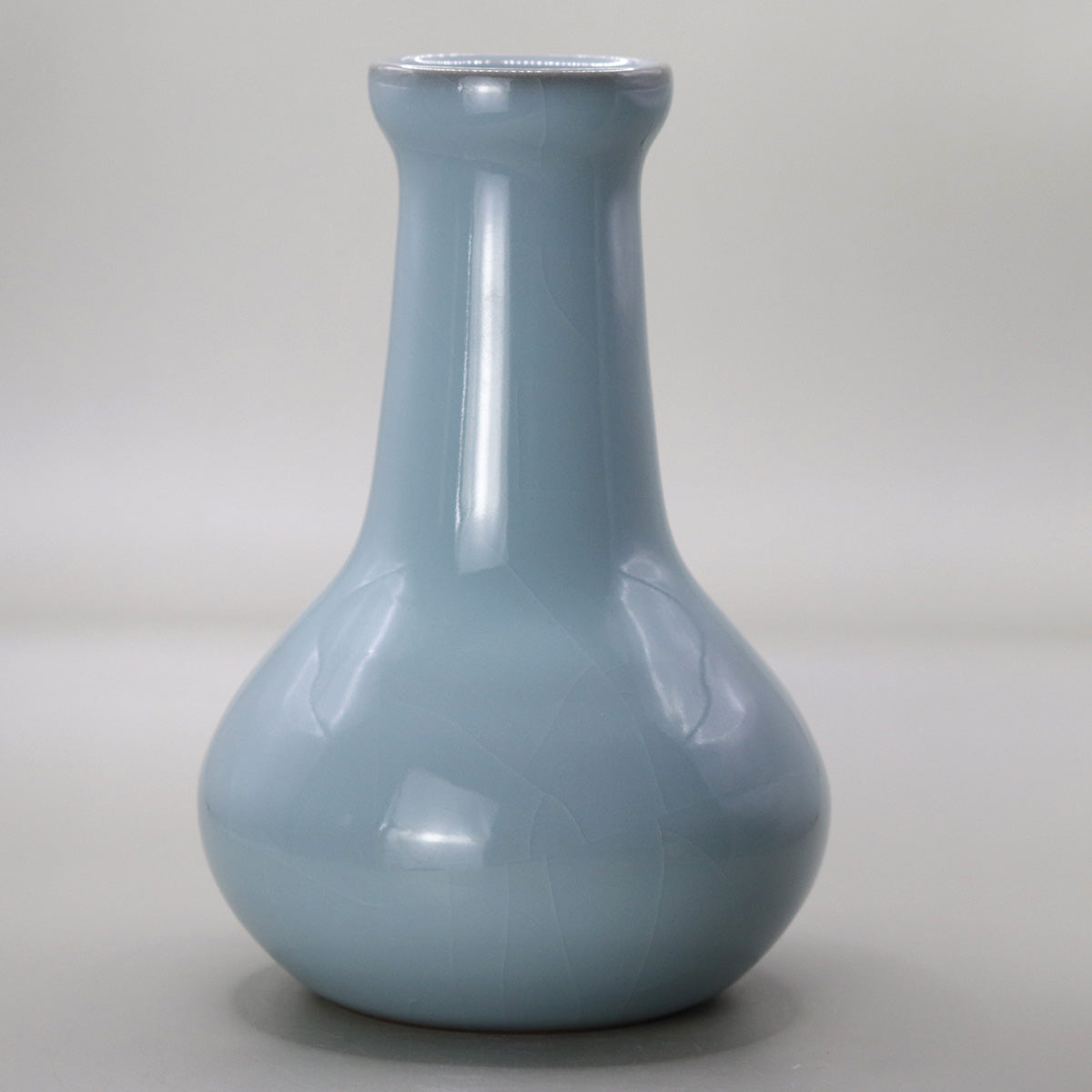
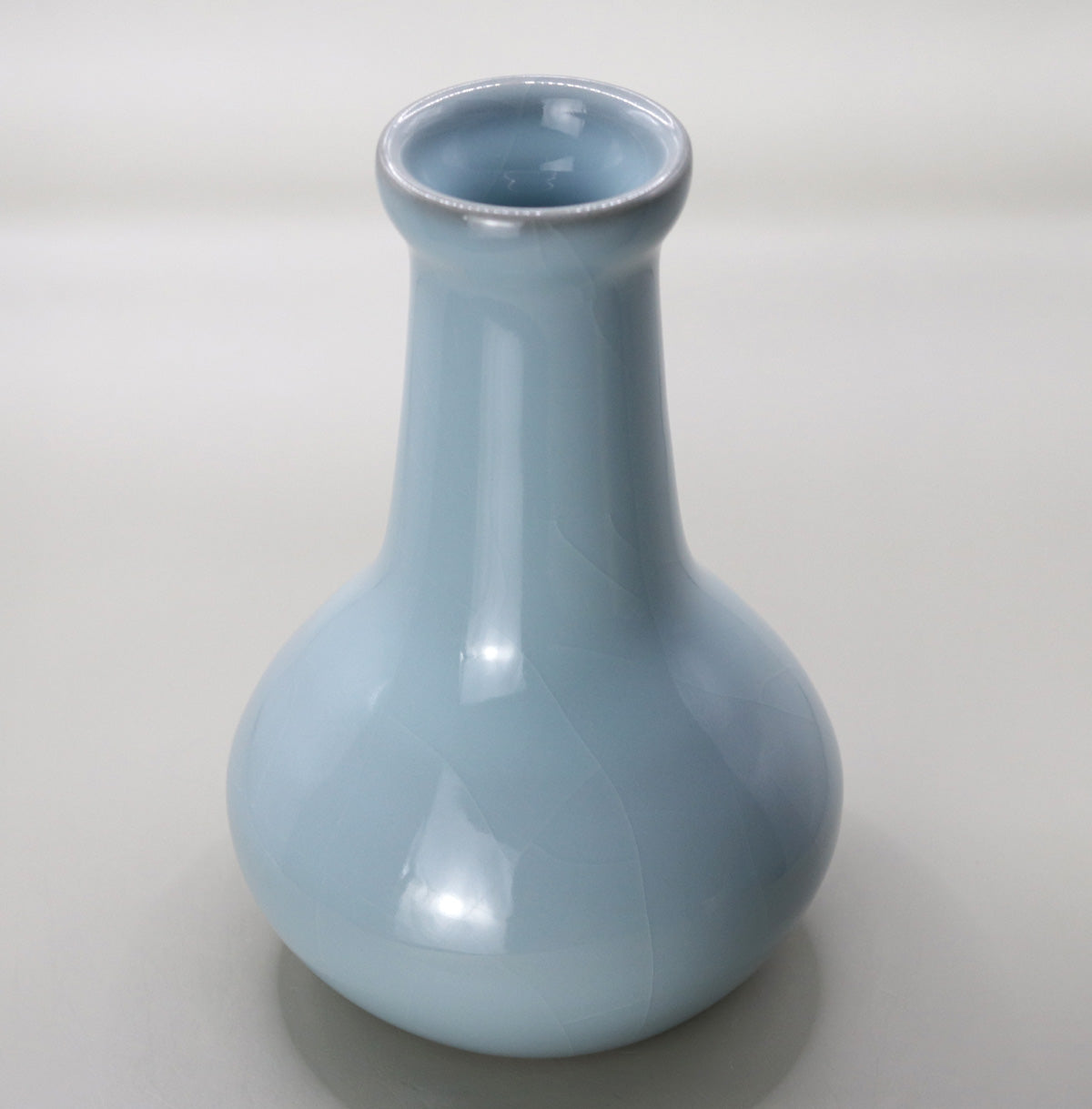
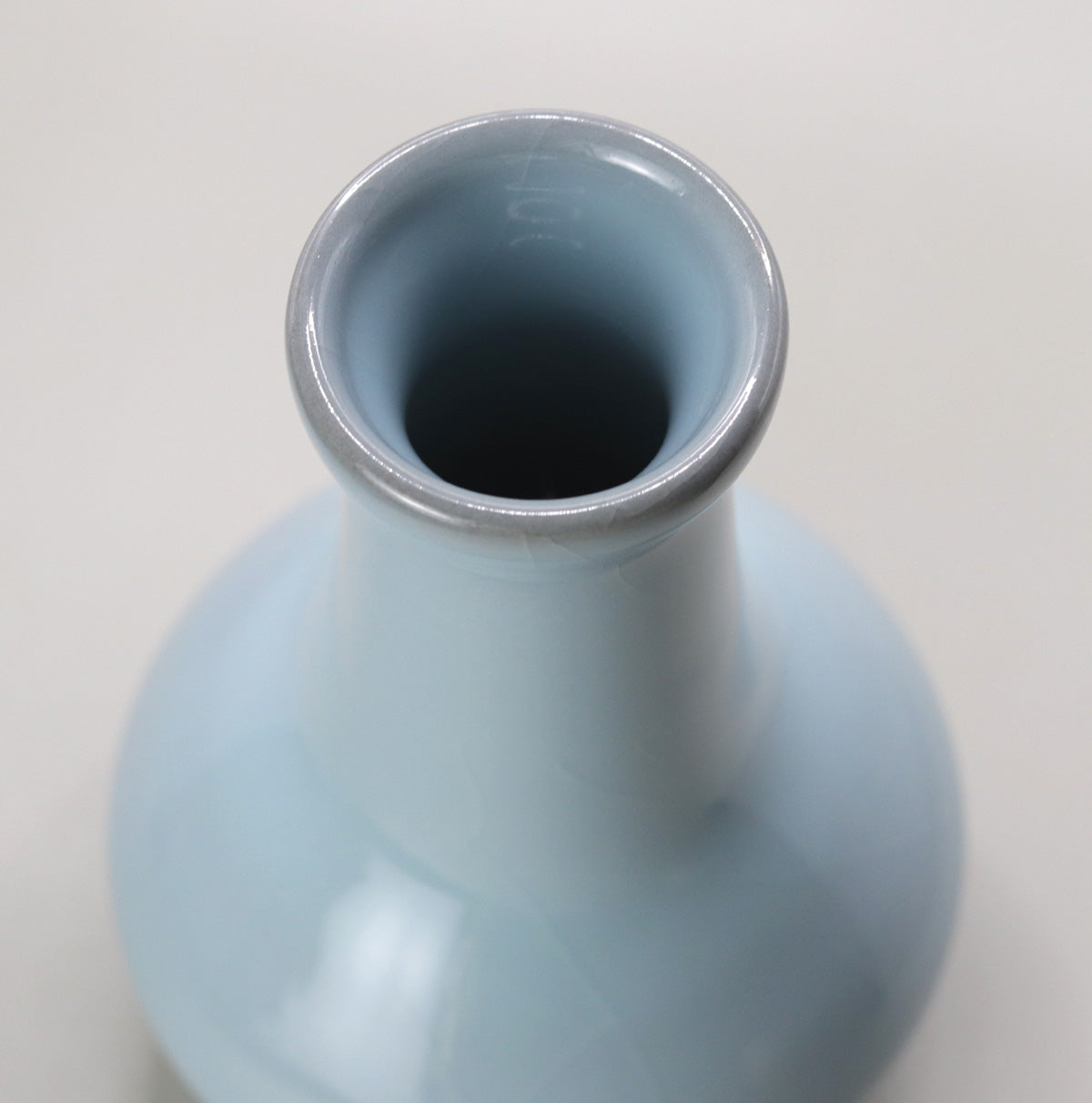
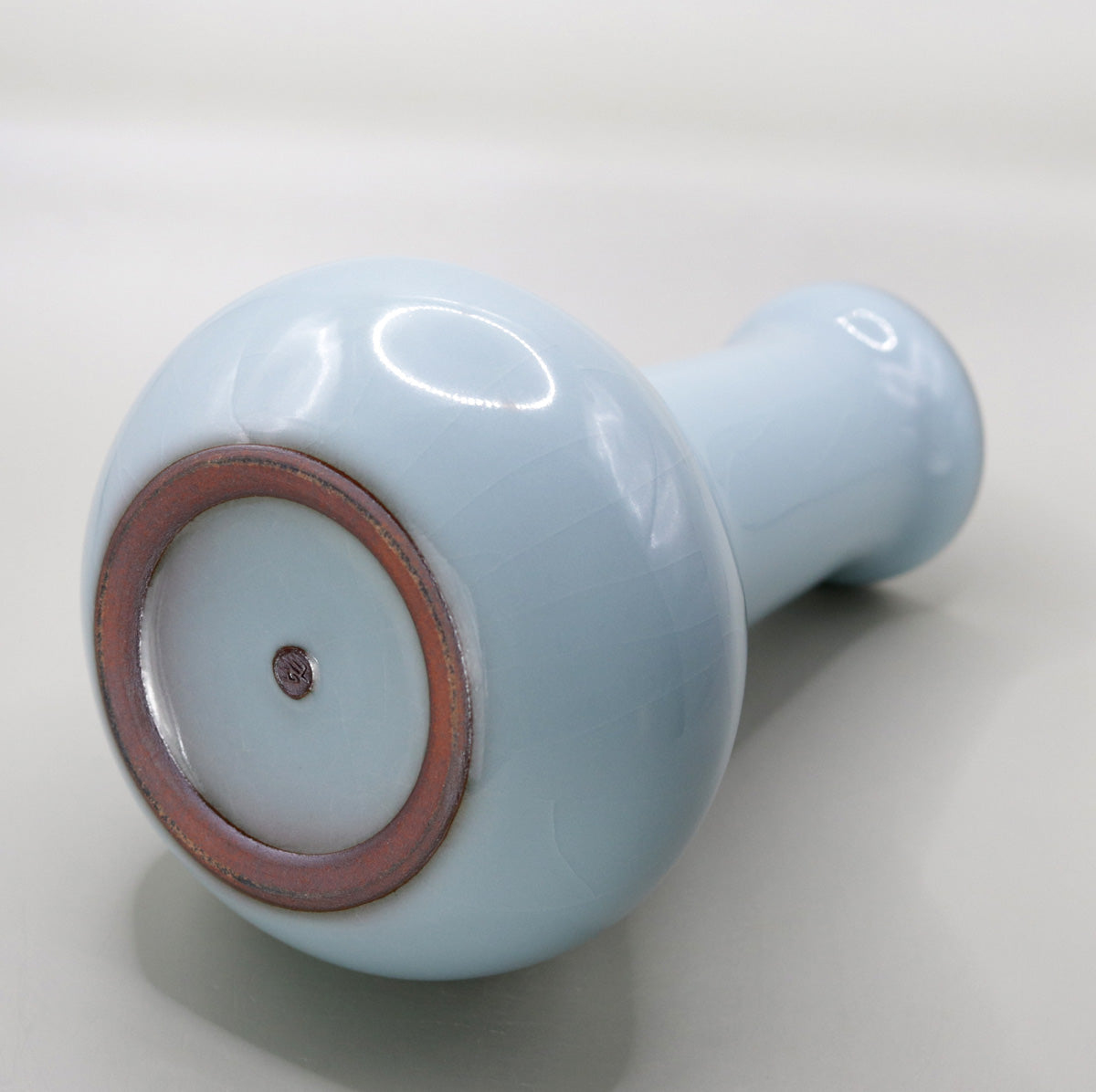
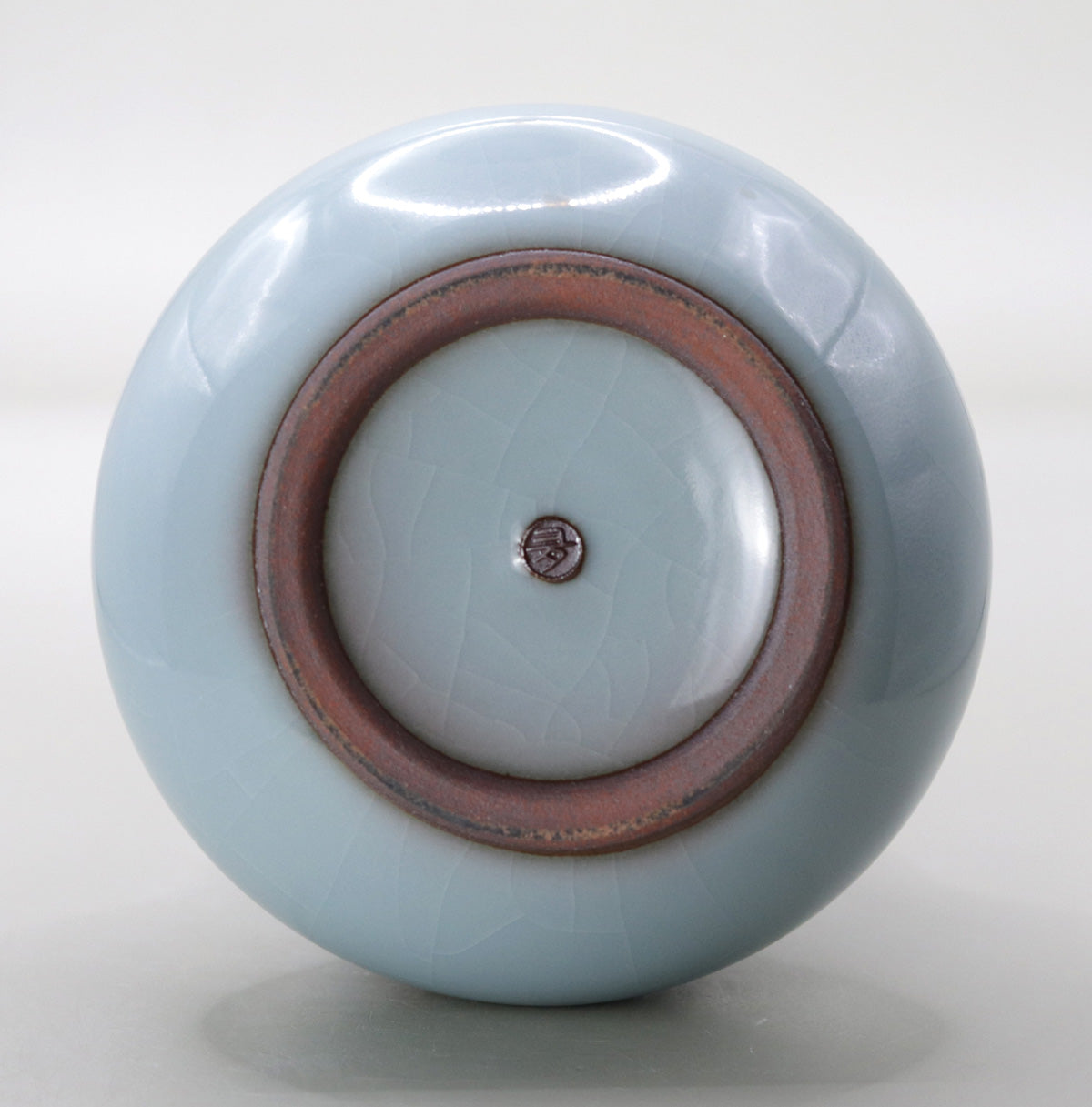
Multi-Column
-
[I will send it to you quickly and carefully]
We carefully package each product in a way that suits it best.
Also, delivery times vary depending on the piece (vessel, etc.).
Items that already come with a box will be shipped within 1-3 days of the order date.
For items that require a box to be made after your order, it will take approximately 30 days for production to be completed and then shipped.
In either case, once we have confirmed your order, we will contact you by email to inform you of the delivery date.
-
[Requests when purchasing pottery]
Even products that look the same may differ slightly in color, shape, size, etc.
The way the glaze is used, the power of the kiln, the firing method, the season, and the humidity also affect the appearance of the pottery.
Please understand the individuality of each piece of pottery and enjoy the unique warmth of handmade.








